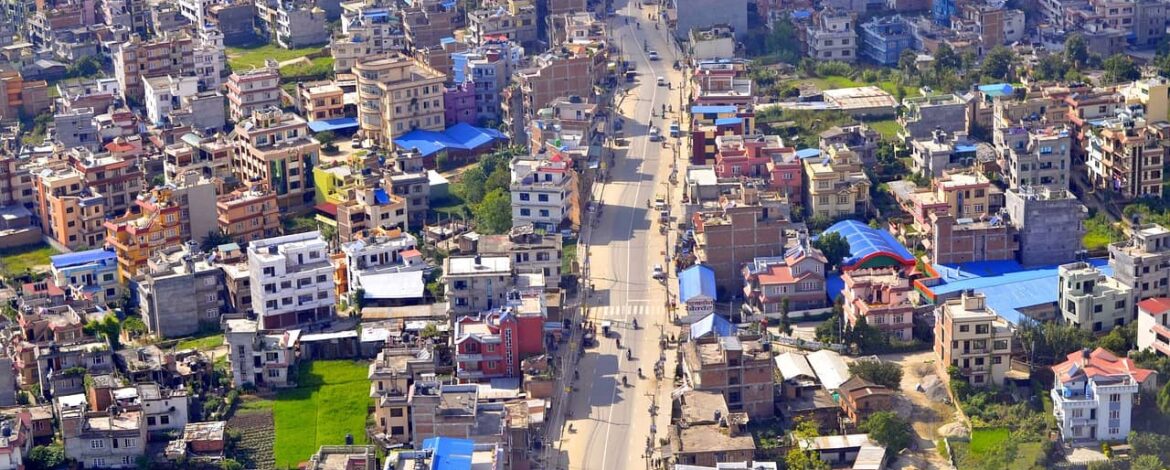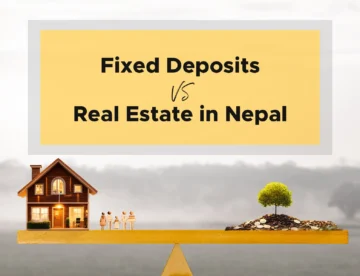Kathmandu, Nepal’s capital, is a bustling metropolis, but the city has long struggled with air pollution. The impact of poor air quality is not just a health concern; it also plays a pivotal role in shaping real estate decisions for potential homebuyers. As air quality continues to affect the urban lifestyle, it’s important to understand how it influences property investment in Kathmandu and how buyers can make informed decisions.
Kathmandu’s Air Quality: An Ongoing Concern
Kathmandu’s air quality has been ranked among the worst in the world. According to the World Health Organization (WHO), the city frequently exceeds the safe limits for air pollution, mainly due to vehicular emissions, industrial activities, and construction projects. The high levels of particulate matter (PM 2.5) make the air toxic and harmful to respiratory health.
This pollution is a major factor for property buyers who want to invest in a healthy living environment. People are now looking for homes that are not just conveniently located but also away from pollution hotspots, such as congested areas near highways, busy markets, or industrial zones.
Air Quality and Real Estate Values
For homebuyers, the air quality in a given neighborhood can significantly affect property values. Areas with cleaner air, less noise pollution, and green spaces tend to have higher property demand and can command premium prices. The rising awareness about air quality is encouraging buyers to look for properties in areas with less pollution and better natural surroundings, such as suburban areas or regions with more green spaces like the outskirts of Kathmandu Valley.
Choosing Properties in Low-Pollution Zones
When searching for property in Kathmandu, potential buyers should focus on areas known for better air quality. Neighborhoods that are farther from the main roads and industrial areas are generally better for respiratory health. Some areas in the Kathmandu Valley, such as areas near Shivapuri National Park or the foothills of the valley, offer cleaner air due to more green cover.
Additionally, properties with indoor air quality systems, like air purifiers or ventilation that minimizes external pollutants, are becoming increasingly attractive. Real estate developers are also incorporating these features into their projects, making properties more desirable to buyers looking for a healthier lifestyle.
Health-Conscious Buyers and the Future of Real Estate
Health-conscious buyers are leading the demand for homes in low-pollution zones. As pollution-related health risks become more evident, future real estate developments will likely prioritize eco-friendly, sustainable designs that not only reduce environmental impact but also promote better air quality for residents.
Conclusion
The impact of Kathmandu’s air quality on real estate decisions cannot be ignored. As the awareness of air pollution’s health risks increases, homebuyers are shifting towards properties in cleaner, more sustainable areas. Real estate developers must cater to this demand by prioritizing environmental health, and buyers must consider air quality when making purchasing decisions to ensure their investment aligns with a healthier lifestyle.
Continue reading: Why Sustainable Living is the Future of Real Estate in Nepal






